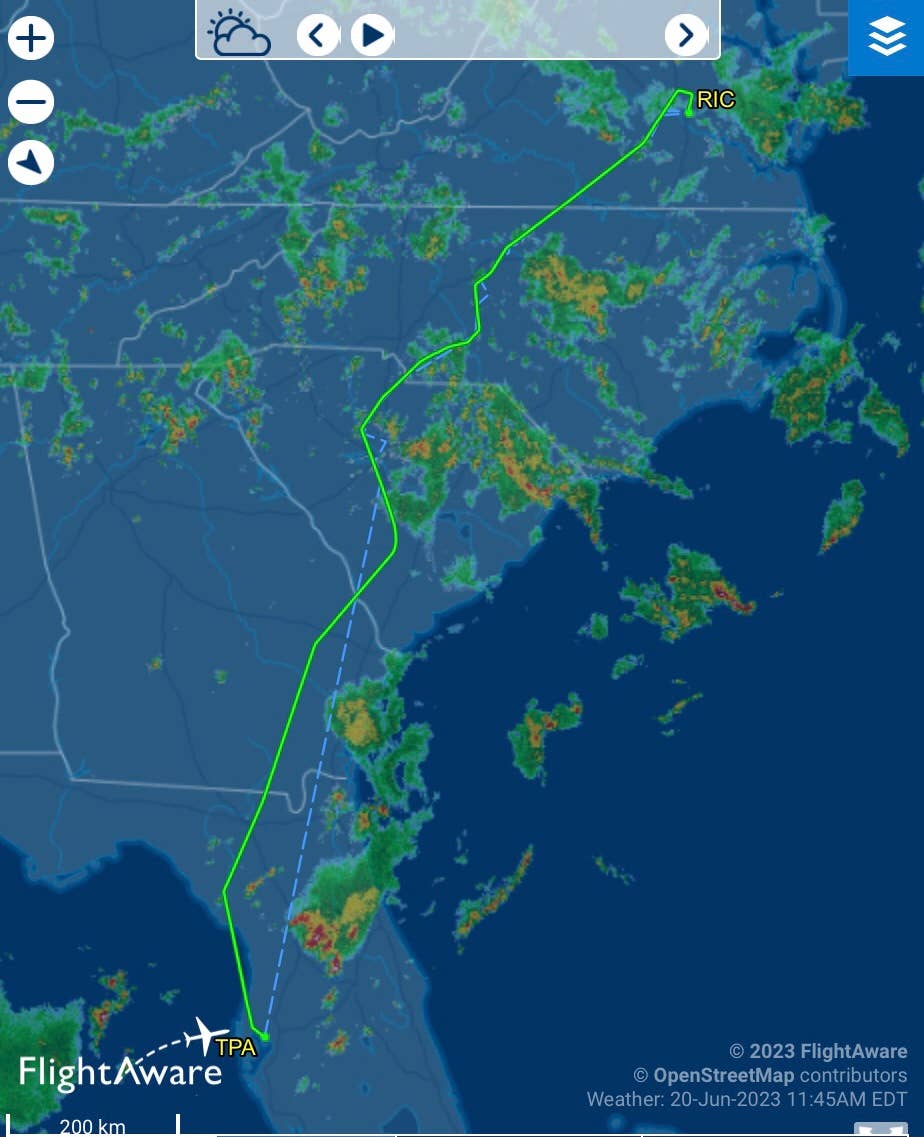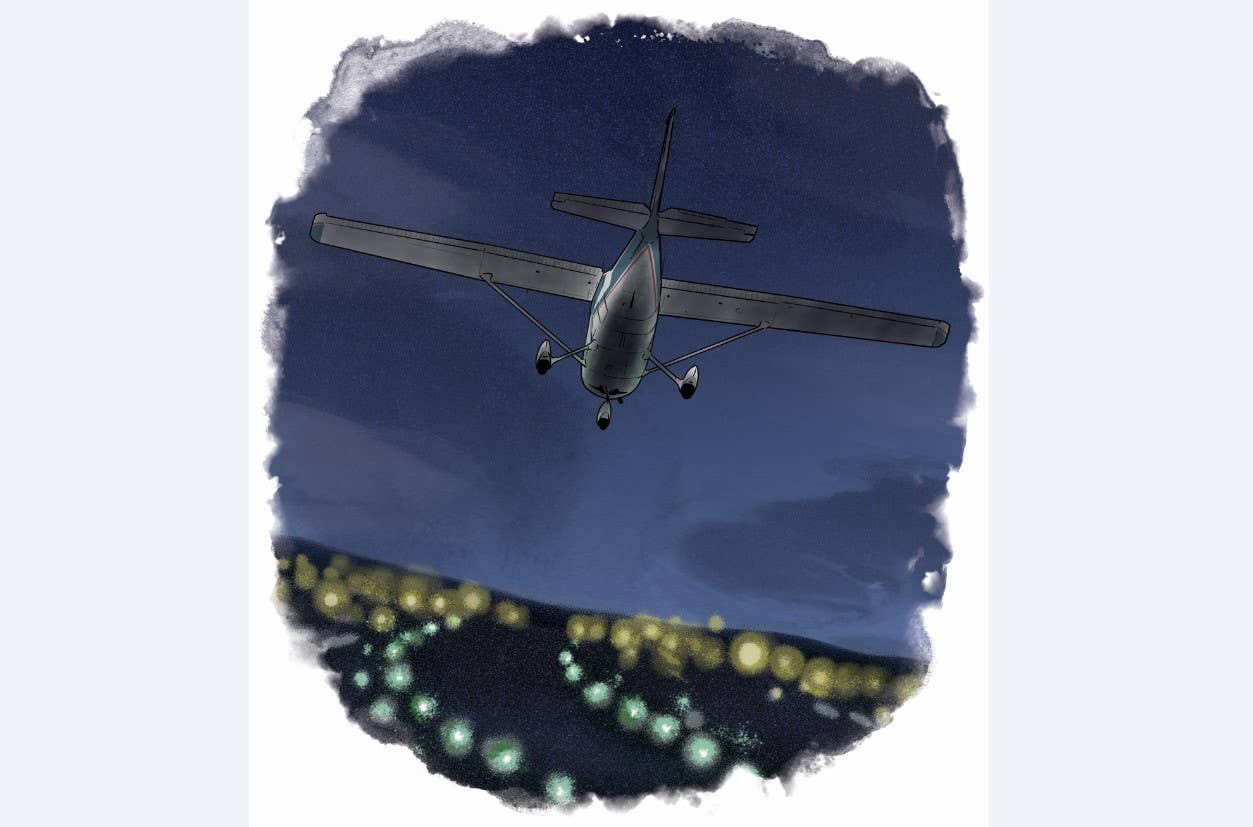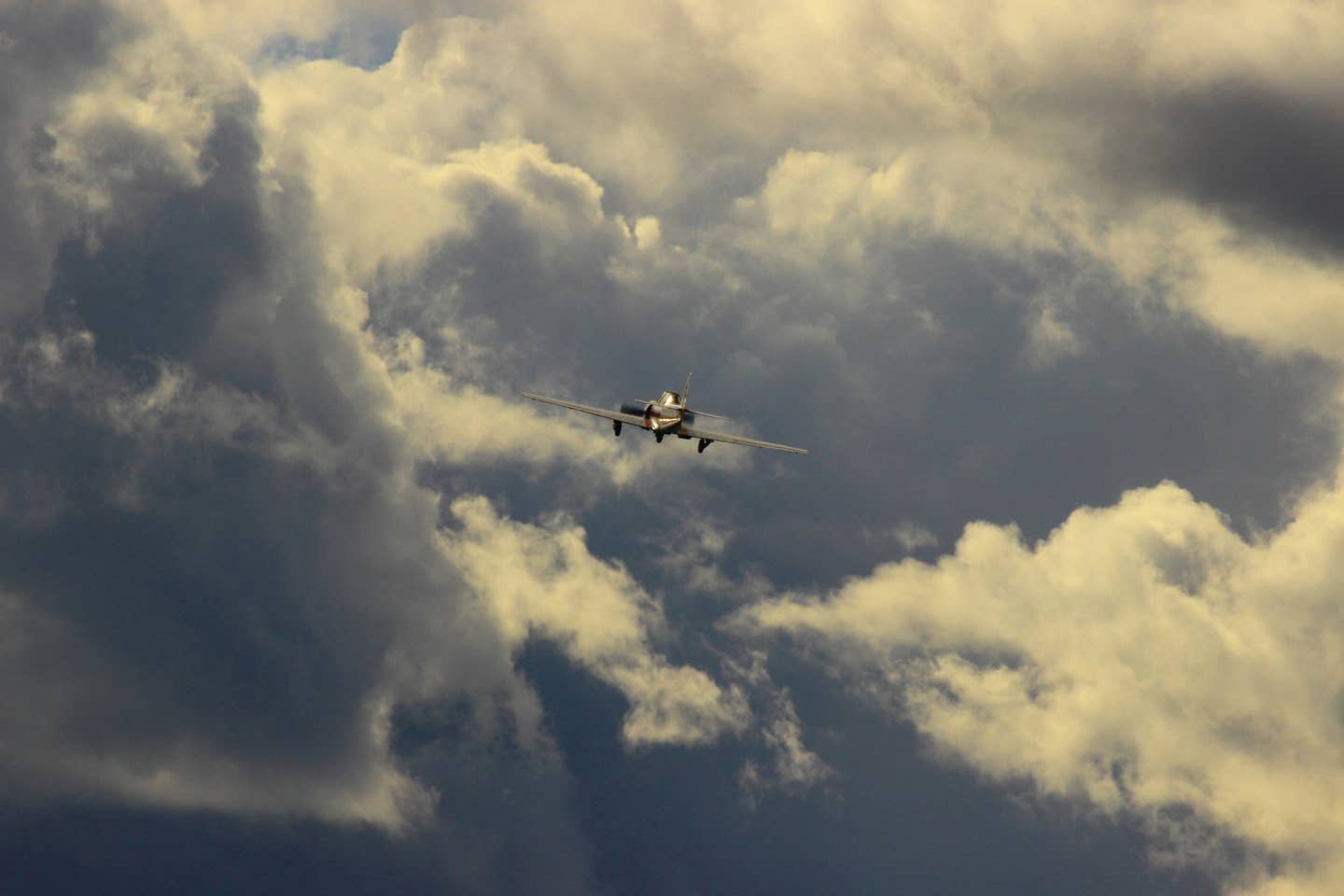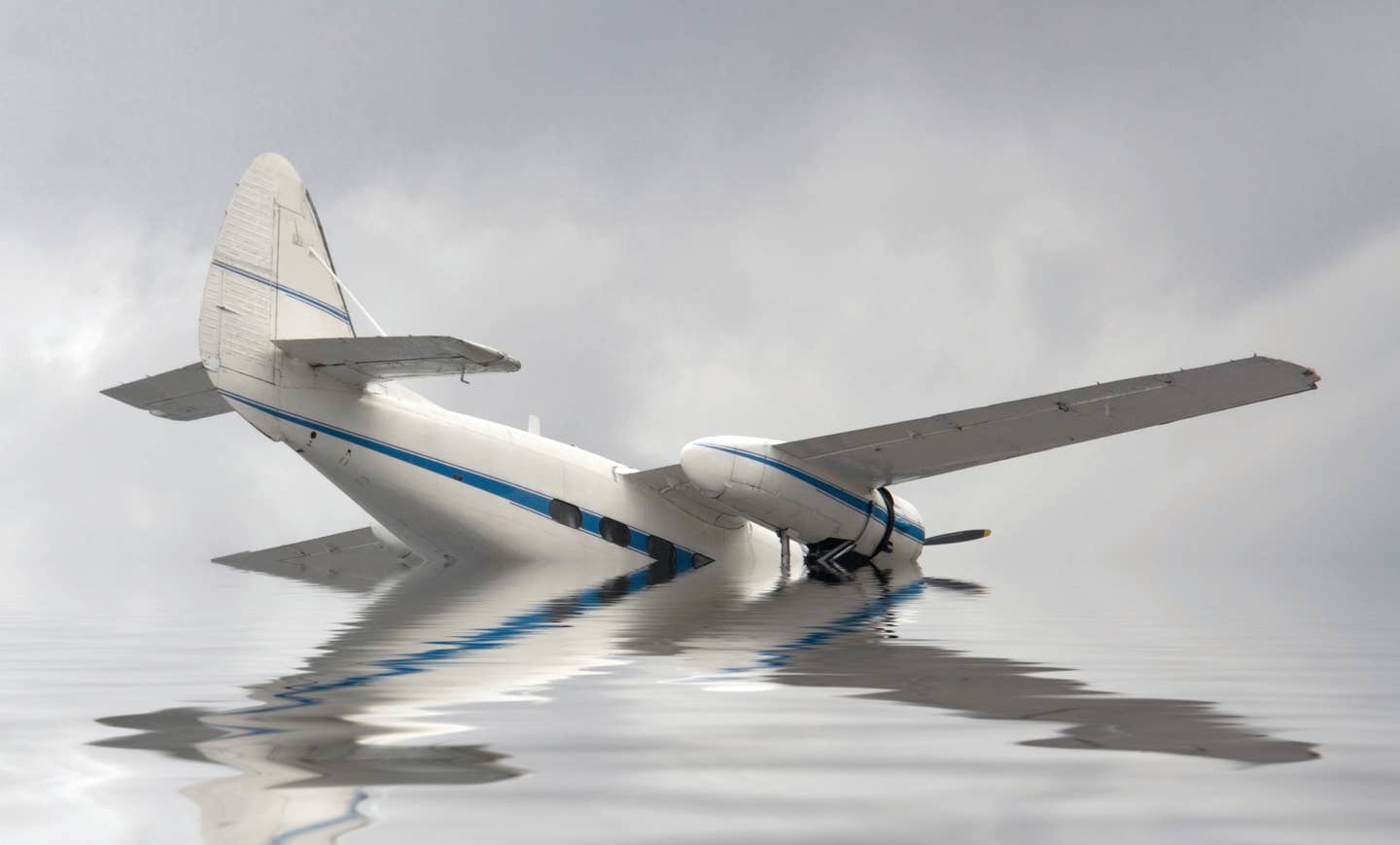
FLYING contributor Dick Karl laments that it’s possible his Beechcraft Baron will be his last in a long line of airplanes he has owned. [Courtesy: Dick Karl]
With the required BasicMed paperwork in my logbook and my initial training in our new-to-us Beech P-Baron behind me, I seek to acquaint myself with an airplane manufactured 40 years ago. This airplane has replaced our Cessna Citation CJ1 because insurance costs for single-pilot operations with a 77-year-old captain became just too prohibitive. A Baron was selected because it fit the bill as that old guy transitioned to BasicMed. A new airplane means a new lease on flying, but the first few forays are definitely baby steps.
For starters, I rounded up two airline friends for a lunch trip from Tampa International Airport (KTPA) to Sebring Regional Airport (KSEF) in Florida, a distance that is all of 71 nm. These minor trips are flown at 7,000 feet and barely afford enough time to set the power and pick up the AWOS. With a flurry of help from the right-seater, we fly an RNAV approach and land at KSEF. Lunch is good.
If you're not already a subscriber, what are you waiting for? Subscribe today to get the issue as soon as it is released in either Print or Digital formats.
Subscribe NowThe lack of smooth professionalism is obvious to all concerned. Tellingly, our taxi out from the ramp at KSEF is interrupted by the line guy frantically waving one of our windshield sunscreens. How it escaped the airplane to land on the ramp, no one seems to know.
Our return trip to KTPA is uneventful, though, if you don’t count the fumbled hot start and crosswind landing. The avionics are new to me and a puzzle. The powerful Garmin GTN 750 is a bewildering suitcase full of capability—all wonderful, I am certain, but hidden behind a series of buttons and touchscreen icons. I find myself pummeling the “home” button like a man trying to make an office copier work.
Five days later comes the real test. With my wife, Cathy, and our dog, Rocco, in the back, I call upon good friend Tom deBrocke to “help” me get us to New Hampshire for the summer. Tom’s just the guy for this. He owns not one but two Aerostars, flies as an airline captain, and has bailed me out on numerous occasions, some of which are so embarrassing that I will refrain from detailing them for your amusement.
- READ MORE: Getting to Know That New-to-You Airplane
So it is that we take off at 10 a.m. from KTPA with intent to land at KGED (Delaware Coastal Airport) and show off the airplane to my eldest daughter and her family. It is immediately evident that this might be a challenge. The GTN 750 paints a sobering picture of thunderstorms strewn across the route. We climb slowly to FL 210 and begin to lean the engines. The POH shows true airspeeds of 220 knots and a fuel burn of 16 gallons an hour per side. With the pilot’s operating handbook open on Tom’s lap and our faces poised in rapt attention inches from the hard-to-read “Insight” engine gauges, we find that anything near peak TIT (turbine inlet temperature) is not attainable without the CHTs (cylinder head temperatures) exceeding the recommended limit. Reluctantly, we settle on fuel flow of 24 and 22 gph and leave the cowl flaps open, which the POH says will cost us 9 knots.
As our recognition of this fuel flow sinks in, the view out the window is not reassuring. The GTN 750’s Nexrad picture and the radar’s splotchy patterns of red and yellow are not confidence builders. We ask for and receive multiple deviations and begin to discuss landing elsewhere. Richmond, Virginia, comes to mind. The forecast calls for rain but good ceilings and visibilities. Though the wind is out of the northeast, we are given the RNAV 20 approach, which adds to our total time en route. Three hours and 37 minutes after takeoff, I’m slithering down the wet wing with visions of a broken leg or hip.
The airplane seems unconcerned with our difficulties, and with $1,238 (!) worth of avgas in her tanks, we set off again for our final destination, Lebanon Municipal Airport (KLEB) in New Hampshire. Our filed route is immediately deemed inappropriate by Washington Center, and another route is laboriously read to us. This would take us 50 miles offshore over the Atlantic Ocean. I’m not keen on this development in an unfamiliar airplane and instruct Tom to negotiate for an overland route. “You may have to go back to 5,000 feet,” says the exasperated controller. I’m pretty fed up too, I think, having just struggled up to FL 210. In the end, we get rerouted multiple times but not forced to descend. Cathy is not impressed with my route-entering skills on the Garmin GTN 750. “Who is flying the airplane while you’re entering all that stuff?” she asks. Rocco is asleep across two seats in the back.
At 4:55 p.m., just a short seven hours after our departure from Tampa, I make my first acceptable landing in the new airplane. The Baron has seen us through. Unhelpfully, I can’t get the last time I flew from Tampa to KLEB out of my mind. It took the CJ1 less than three hours at FL 410.
So goes the personal evolution of airplanes for this pilot. Fortune has been exceedingly kind to me. I started airplane ownership in 1972 while an Army captain based at Fort Knox, Kentucky. I bought a 1967 Beechcraft Musketeer sight unseen at a sealed bid auction and have owned one airplane or another almost continually ever since. Talk about rich!
A parade of Cessnas and Pipers followed until 2017 when I returned to the Beech fold with a Premier 1. That was an amazing airplane, but it was continually in maintenance until a bird strike put it out of its agony. The CJ1 came next and has just now given way to the P-Baron for the reasons mentioned.
It is possible this will be my last airplane. There are a lot worse ways to ride into the sunset than via a Beechcraft Baron. That said, if the new FAA authorization bill passes with an increased max takeoff weight increase for BasicMed, you might find me in another airplane. For now, though, I’ll be learning—and leaning—the P-Baron with inquisitiveness and gratefulness.
I’m not dead yet, people.
This column first appeared in the October 2023/Issue 942 of FLYING’s print edition.

Subscribe to Our Newsletter
Get the latest FLYING stories delivered directly to your inbox







